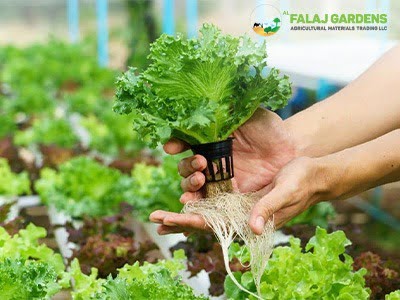It is one of the most difficult annualised jobs in vegetable production to plan the layout of your market garden. This is because the planning process must take into account a number of different objectives. It is necessary to take into account and make allowances for a number of factors, including
- Rotations,
- Planting dates,
- Number of days till maturity,
- Length of harvest,
- Availability of labour resources,
- And even local microclimates.
To determine how many plants your space can accommodate, you must also take into account the recommended crop spacing. When developing your next planting Garden plants UAE, you will need to “keep an eye on the future, and an ear to the past,” as it is a difficult process that consists of multiple steps and varies from year to year.
Choose the management units that suit your needs
Growers with more experience in Agricultural equipment suppliers in UAE find that dividing their farms or market gardens into management units is an effective strategy to simplify their operations and reduce the level of complexity they face. The acre is a traditional primary management unit that you might choose to utilise depending on the size of your farm and the configuration of its land.
On a farm of medium size, a management unit might also comprise the entirety of a field. On a farm with fewer acres, it can be a cluster of beds. Each bed in a garden may be thought of as its own individual unit.
The word “per acre” in the context of how much surface area is directly involved in crop growing might lead to some confusion when it comes to the management of the crop-growing process. Because of this, major management units can be further subdivided into rows, beds, or even square feet, similar to how a backyard garden is laid out, to mirror the space in which the plants are being produced and cared for.
As a component garden tool UAE many growers choose the linear bed foot, which is a slice of a planting bed that is 1-foot-long and is used as a unit of calculation. Some people choose to use the row foot (or row feet in the plural), while others opt to use the row metre (or row metres).

